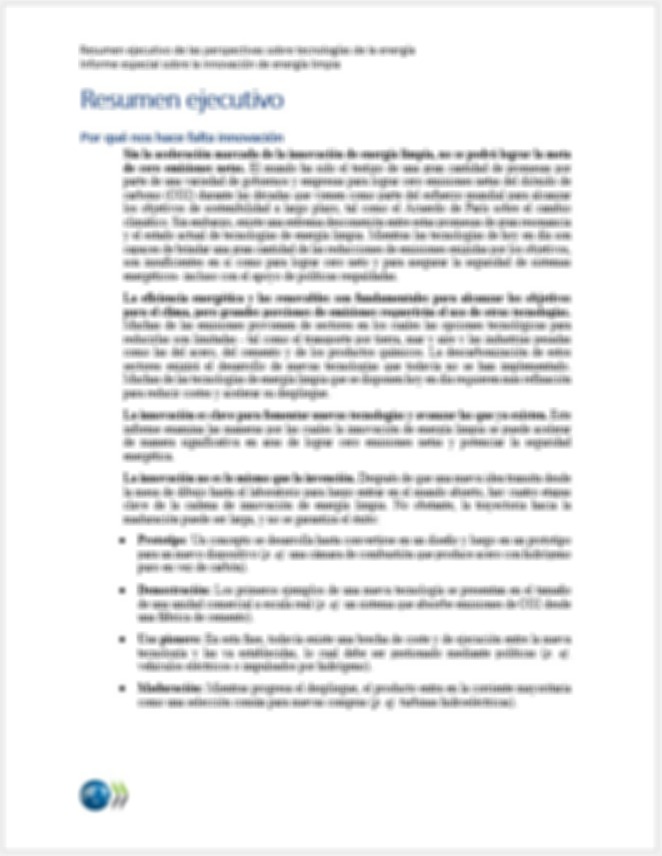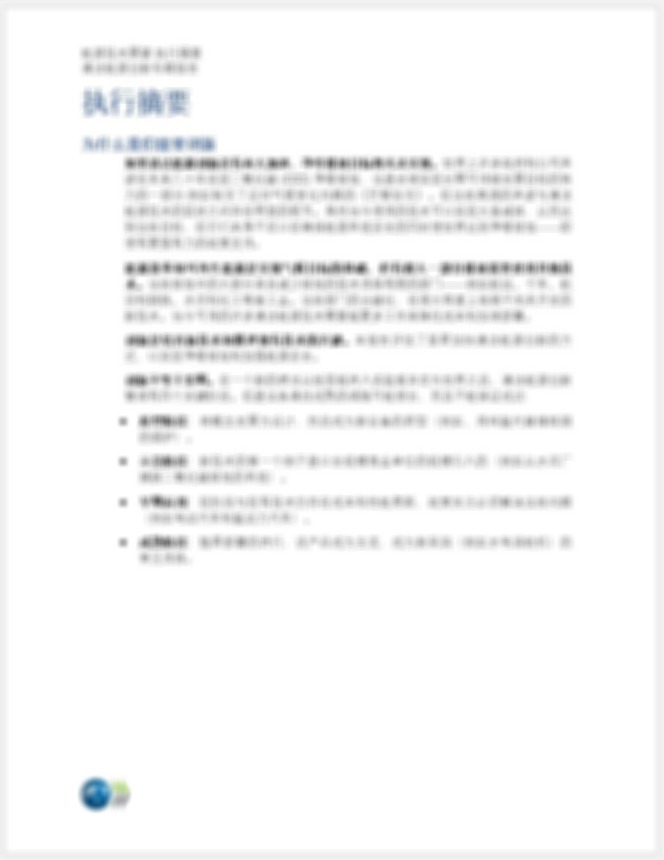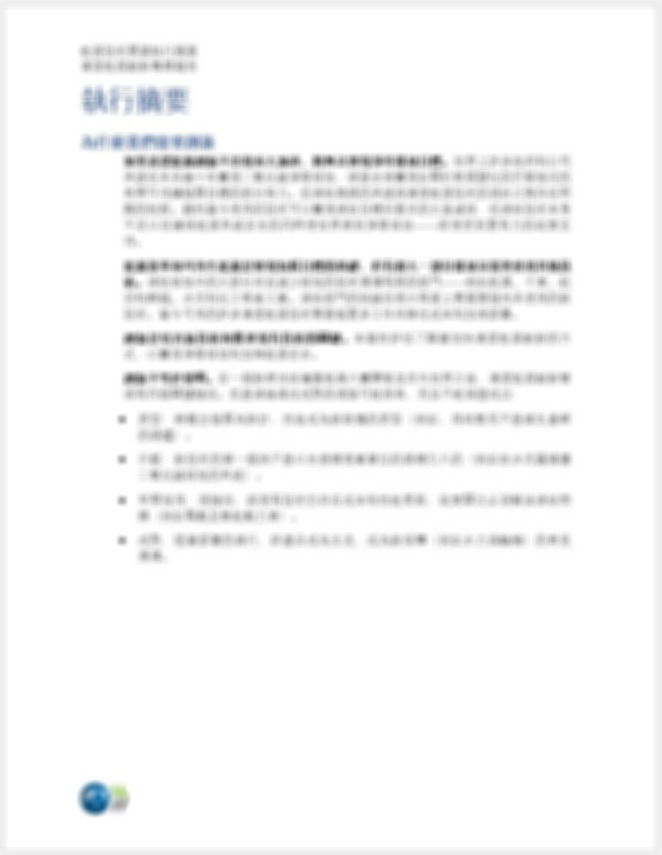Translate and Manage a Project with Five Target Languages
- Melanie Yang

- Dec 19, 2021
- 1 min read
Updated: May 24, 2022
I. Proposal
1. Overview
Five Star Language Services provides high-caliber translation services into Simplified Chinese, Traditional Chinese, Japanese, Korean, and Spanish. International Energy Agency publications deserve global readership in multiple languages. The Energy Technology Perspectives 2020 guidebook is no exception, and Five Star Language Services is the best candidate to help this report reach its target audiences. We will translate the “Executive Summary” as a sample page, and later reconvene with the client to assess if they would like to continue working with us for the translation of the remainder of the report.
2. Timeline

3. Cost

4. Resources required
 |  |
5. Preparatory phases

6. Outline of phases of production & steps for translation:

7. Outline of phases for finalization, to ensure that the translation turned out as desired:

8. List of required deliverables

II. Deliverables
1. Source Document

2. Translation Memory
The translation memory (“TM”) file is a database that stores sentences, paragraphs, or segments of text that have been translated before. TM files are used with much major translation software, but the Clients may be unable to open them without professional translation management software. However, it can be helpful if they keep the TM files we delivered to them in record, in the case the Client might work with other providers or develop its own translation team in the future, as they can help simplify further modifications to the translation.
Language | File Name |
Spanish | TM_ES-ES.tmx |
Japanese | TM_JA.tmx |
Korean | TM_KO.tmx |
Chinese (Simplified) | TM_ZH-CN.tmx |
Chinese (Traditional) | TM_ZH-TW.tmx |
3. Termbase
EN-US | ZH-CN | ZH-TW | JA | KO | ES-ES |
|---|---|---|---|---|---|
net-zero emissions | 净零排放 | 淨零排放 | ネットゼロエミッション | 순 배출 제로 | cero emisiones netas |
the Paris Agreement | 巴黎公约 | 巴黎協定 | パリ協定 | 파리 협정 | el Acuerdo de París |
electric- and hydrogen-powered cars | 新能源汽车 | 電動及氫能動力車 | 電気自動車と水素自動車 | 전기 자동차와 수소 자동차 | vehículos eléctricos o impulsados por hidrógeno |
hydropower turbines | 水力涡轮机 | 水力渦輪機 | 水力タービン | 수력 발전 터빈 | turbinas hidroeléctricas |
4. Target Documents
5. Style Guide
Register: | Formal |
Literal or Transcreation? | Literal |
Stylistic Instructions | Since readers with very limited time may choose to read only the summary, it should be as clear and self-contained as possible. Use simple, straightforward language. It should be accessible to non-expert readers. If technical terms are included, they should be defined simply where possible. The executive summary does not have graphs, tables, notes, or bibliographic referencing. |
Other notes on style | The summary should be short (850-1,000 words) and contained in a double-page spread in printed format; It should begin by stating the main takeaway findings and messages; It should then outline the issues it addresses, ideally followed by sections that are clearly labeled as “Key findings” and “Key recommendations," or at least “Key findings,” “Key messages,” or “Conclusions;" The various elements within the summary should be clearly identified, and reflect the content of the publication itself. |















Comments